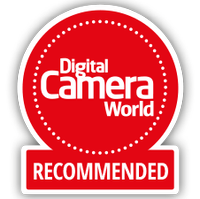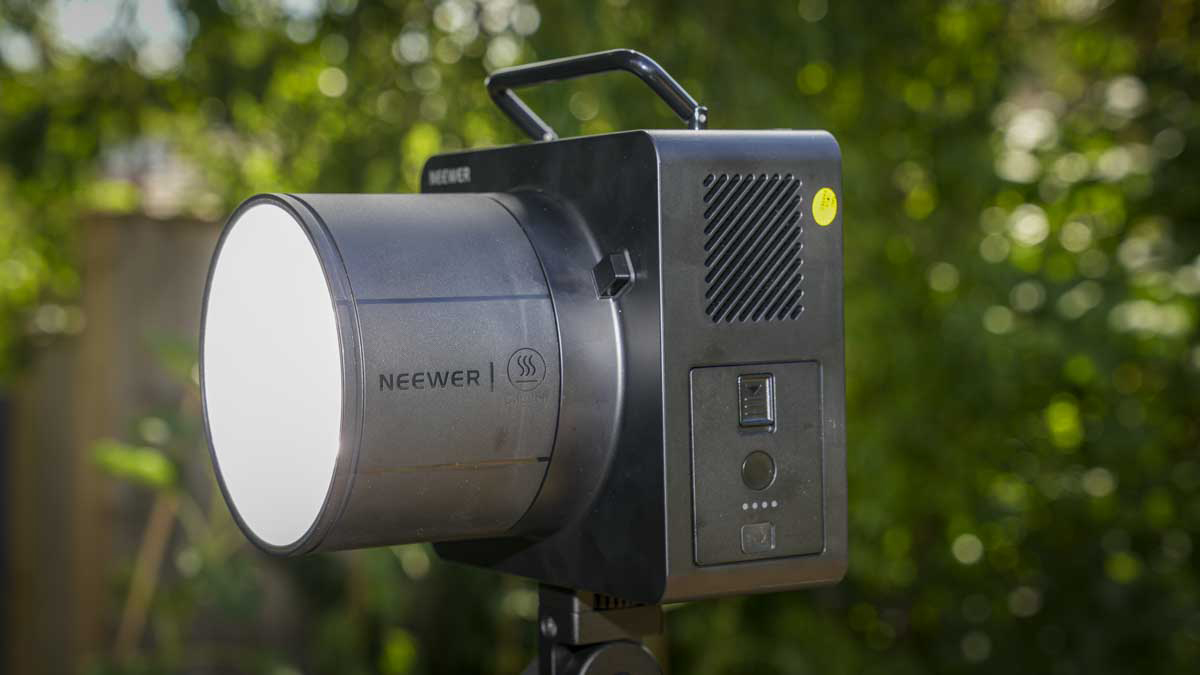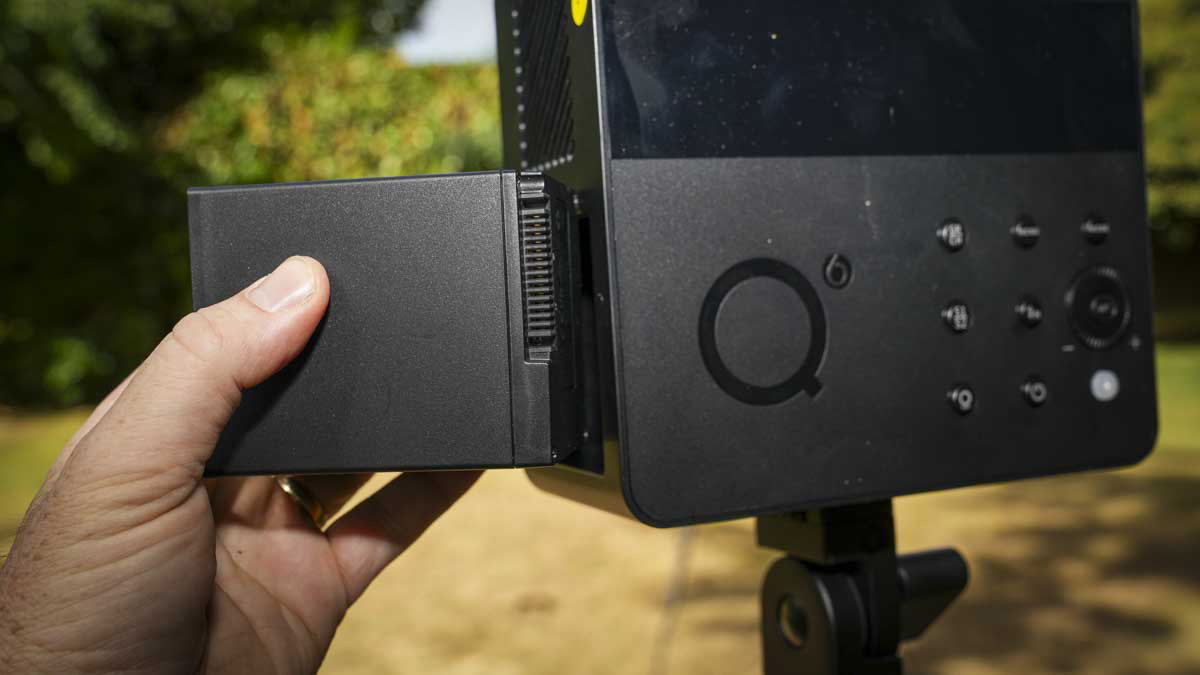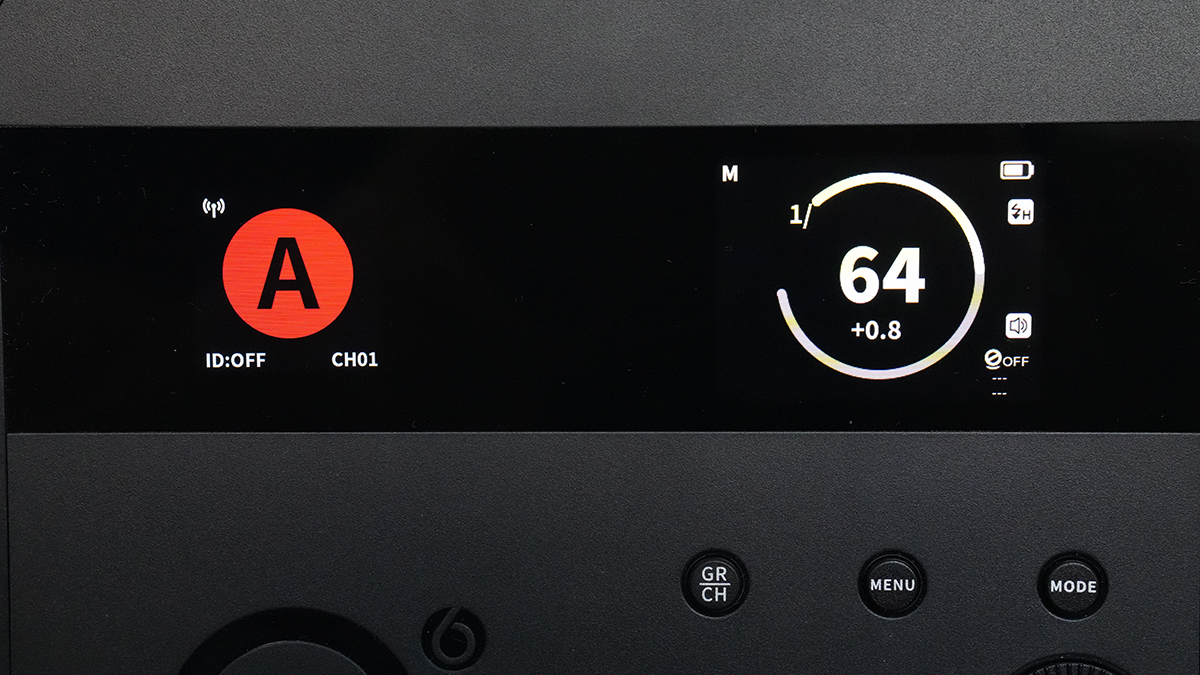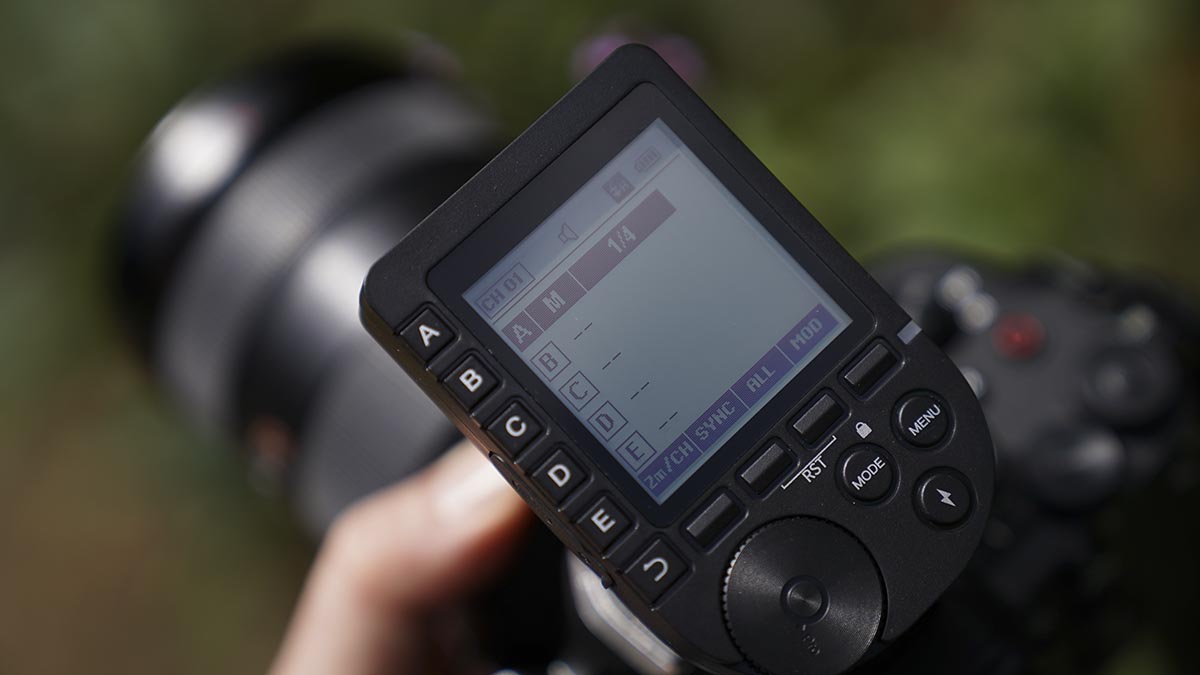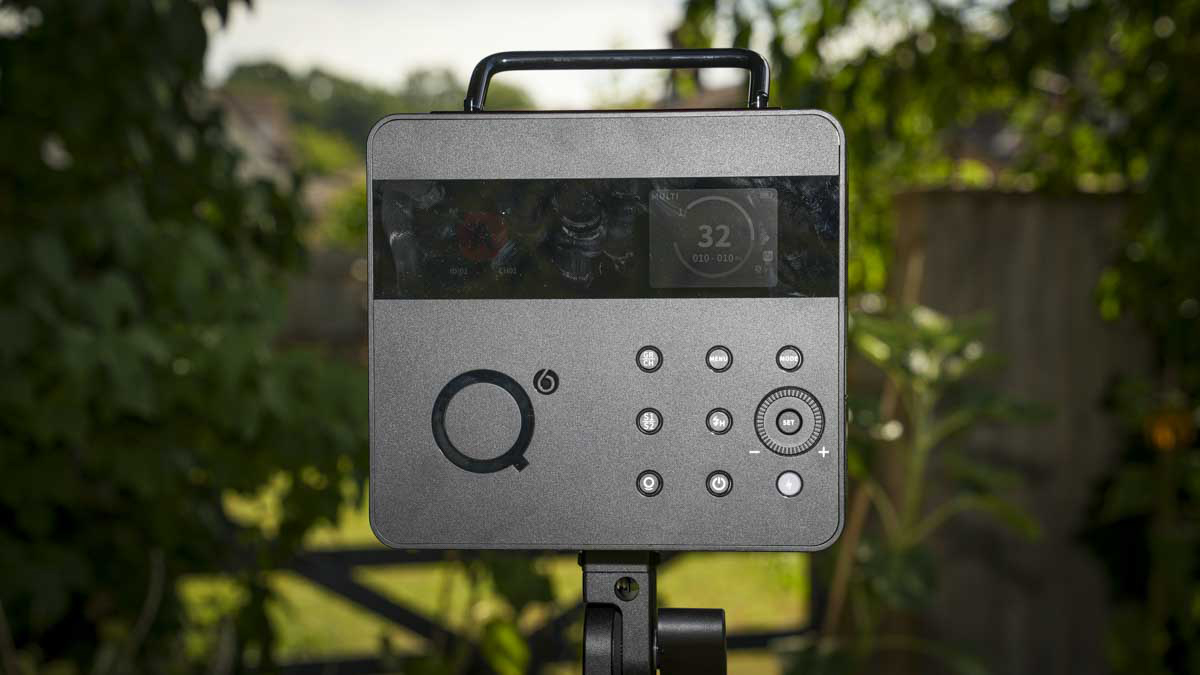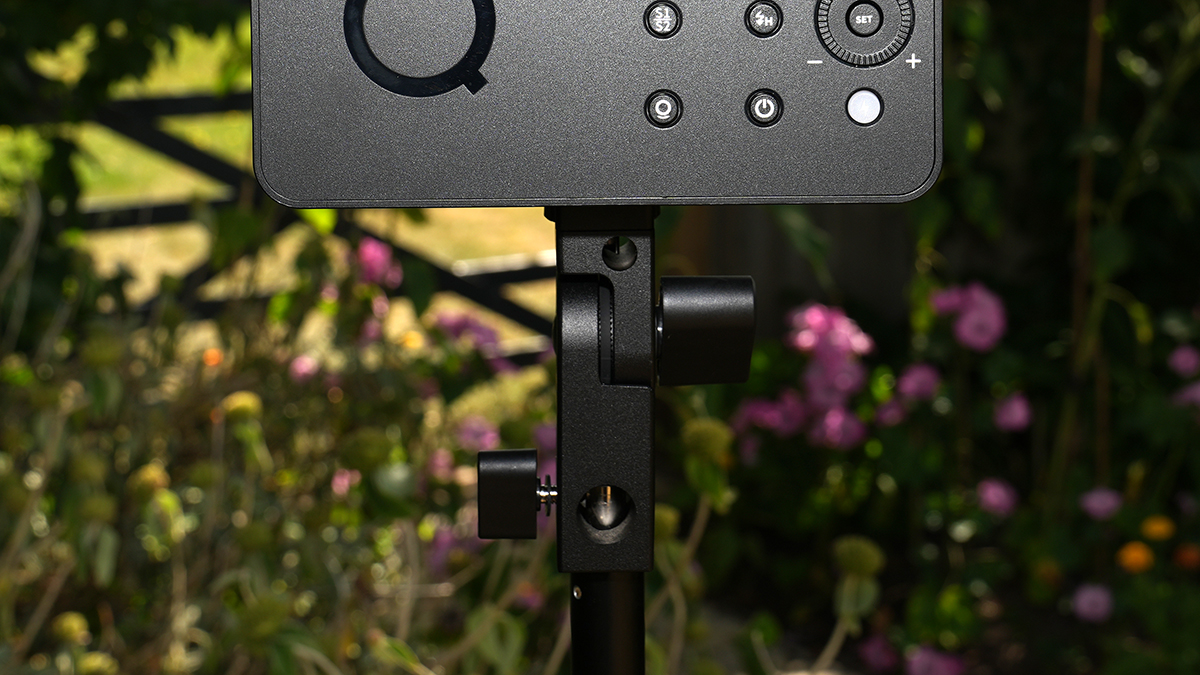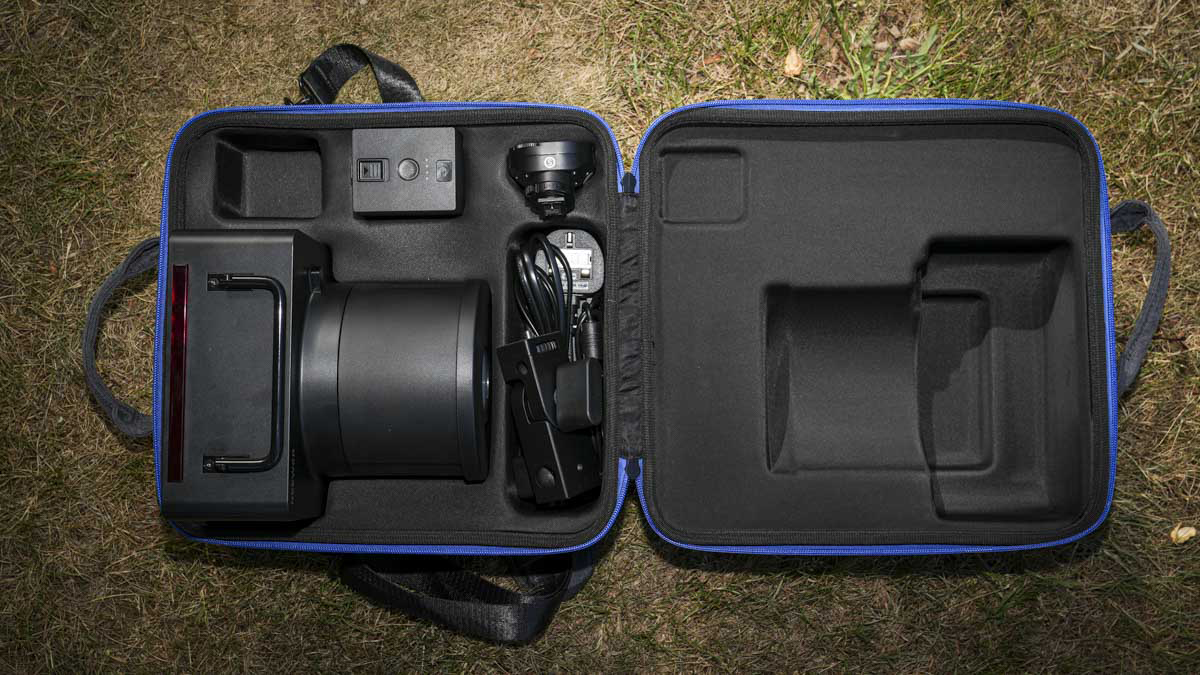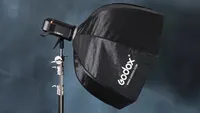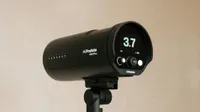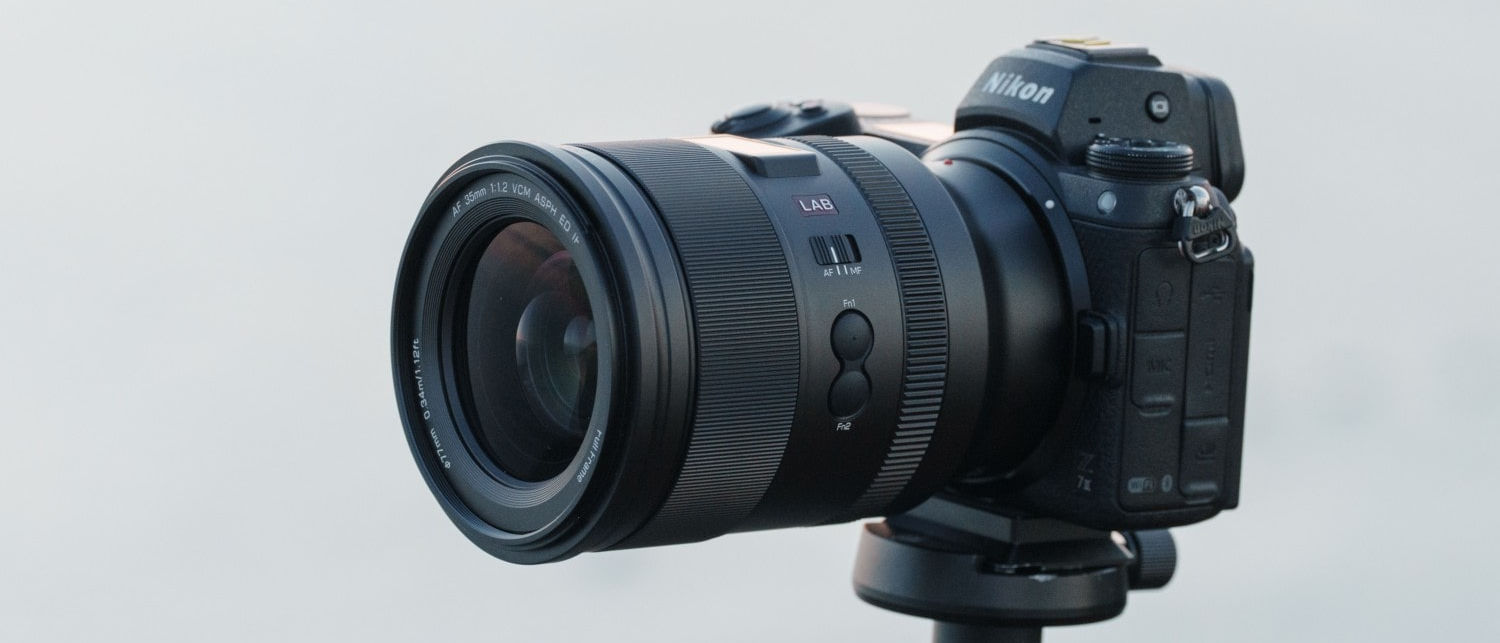Digital Camera World Verdict
From the innovative design to the outstanding 600 W in power, this outdoor studio flash has been designed to take on the sun. On bright sunny days, that power is enough to illuminate your subjects, reducing silhouette to stunning dramatic portraits, and with full control either through the back panel interface, Bluetooth app, or using the compatible wireless flash trigger, there are plenty of options for enthusiasts to explore, making this a superb option for any photographer wanting powerful illumination on outdoor shoots.
Pros
- +
Swappable battery life for use in the field
- +
Bowens compatibility
- +
App and wireless trigger options
Cons
- -
Design breaks from the norm
- -
Some features take working out
- -
Limited to 30 Watts modelling light
Why you can trust Digital Camera World
The Neewer Q6 600 W studio-style flash has been designed for use both in the studio and out in the field. It features AC mains power and a swappable battery pack that provides enough capacity for around 400 full-power flashes per charge.
Neewer has a long-standing reputation for affordable yet quality camera accessories, and this latest Flash is part of its expanding Q series of portable lighting. The series marks a shift in the company's design approach, with a flash head whose boxy looks are quite different from traditional studio flash units.
The compact design enables everything to be packed neatly into a small, portable case. While the change in form factor is quite unique for a flash unit of this type, Neewer has still ensured full compatibility with the Bowens light modifier mounting system and offers a 5/8inch spigot socket for lighting stands, so while you can use Neewer's own modifiers and stands, you can equally use those from other manufacturers.
Neewer isn't alone in offering high-power portable studio flashes. Profoto and Broncolor dominate the top end, while closer in specification and frankly, more affordable competitors to the Q6 include the Godox AD600 and Pixapro CITI600.
The Q6 is aimed at professionals and higher-end enthusiast photographers who shoot events or outdoor portraits, where balancing sunlight with creative lighting is essential.
There are relatively few studio heads in this specialist sector. However, Neewer's integration of the Q6 into its wider lighting ecosystem, along with full compatibility with the Q wireless flash trigger and, of course, the price, should appeal to both professionals and enthusiastic amateurs. I've taken the Q6 for a test both out in the field and back in the comfort of the studio. Ultimately, with the Bron and Profoto gear being priced out of reach for the majority of us, will the Neewer Q6 600W pack enough power and features to truly meet the demands of use outdoors?
Neewer Q6: Specifications
Flash Power | 600Ws |
Flash Modes | TTL / Manual / Multi |
HSS (High-Speed Sync) | Up to 1/8000s |
Recycling Time | 0.01 – 0.9s |
Flash Duration | 1/209s – 1/10,989s |
Power Output Range | 9-stop range (1/256 to 1/1) |
Modelling Lamp | 30W LED (adjustable, 3300K ±200K) |
Triggering | Built-in 2.4G Wireless X System (compatible with Canon, Nikon, Sony, Fujifilm, Olympus, Panasonic) |
Channels | 32 |
Groups | 5 (A/B/C/D/E) |
Battery | 28.8v 3000mAh lithium-ion battery |
Battery Life | Approx. 400 full-power flashes per charge |
Display | LCD panel |
Mount | Bowens mount |
Sync Options | Hot shoe, wireless, 3.5mm sync jack |
Dimensions | 7.7"x7.3"x6.7" / 195x185x170 mm |
Weight | 6.6lb / 3kg |
Neewer Q6: Price
At present, the Neewer Q6 is on pre-order for $699 / £749.99. Alongside the Q6, it's also worth factoring in the wireless flash trigger, additional parabolic quick-release softboxes, and 300 cm stainless steel stand so that you have the complete set ready to go. If you are looking to do some more complex lighting setups, then it's worth looking at one of the smaller Q lights, such as the Q4, as a secondary flash.
The best camera deals, reviews, product advice, and unmissable photography news, direct to your inbox!
Neewer Q6: Design & Handling
Neewer has been working hard to make its products stand out, and the main competition at present is the formidable Godox, with its strong range and the AD600, something of a go-to for many enthusiasts and professional photographers. Neewer has responded with the updated Q design, featuring a more boxy, compact form factor, as seen with the Q300 and other previous Q series flash heads. This shape makes the unit far more portable, and with a metal carry handle on top, it's a versatile option in almost any shooting scenario.
In use, the compact body, although slightly wider, offers more flexibility. The larger back panel with neatly laid-out buttons makes direct adjustments far easier. Neewer has also considered more modern workflows by allowing operation via the Q Pro wireless flash trigger or the Neewer app, just as with the smaller Q4 model.
Physically, the Q6 continues the Q range's design ethos, with the bulb mounted within the front and a standard Bowens-fit mount. This ensures compatibility with a wide range of light modifiers, including Neewer's own, as well as many third-party options that can often be found second-hand at low cost.
The outer casing is high-quality, durable plastic, likely ABS, rather than metal, yet still feels tough. The lightweight metal carry handle adds to portability, making it much easier to move around than traditional cylindrical flash heads. On the side is a good level of venting, and the swappable battery pack clicks securely into place. A battery check button lets you check power levels before shooting.
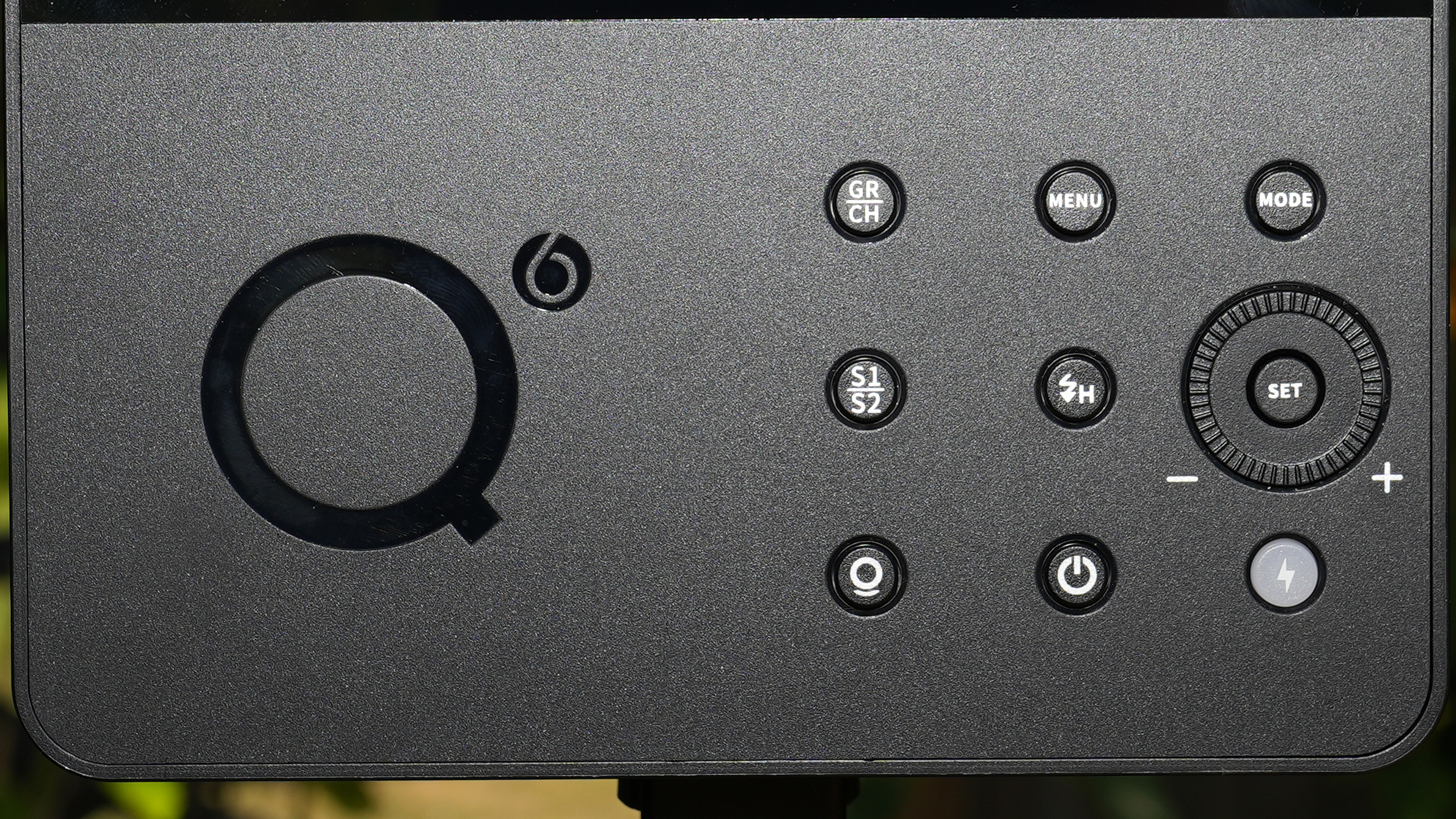
Around the back are nine clearly marked buttons, including a set button surrounded by a dial. Controls include group, channel, menu, mode, slave 1 and 2, high-speed sync, the set dial, modelling light power, and a flash test button. Above these, two small LCD screens display key settings. The left screen shows group/channel and connection details, while the right covers flash mode, power, and battery level. Any changes made via the wireless trigger or app are instantly updated on both displays.
On the right side is a 3.5mm sync socket for use with traditional equipment, plus a USB Type-C port for firmware updates. On the base is a standard quarter-inch thread with a removable plate that may allow different mounting adjustments.
The kit comes in a semi-hard case, which keeps the Flash protected. There's room for an additional battery and the Q Pro trigger, making for a compact, well-organised portable setup; only the modifier and stand are stored separately.
Neewer Q6: Performance
Getting started with the Q6 is straightforward, with my review sample arriving with the main flash head and the Q Pro wireless flash trigger. In addition to completing the kit, I utilised an old Bowens light modifier and compatible stand. When it came to the camera choice, I used the Sony Alpha 7 Mark IV to give it a good test both out in the field and back in the studio.
I've used a few of the Q series Studio Flash heads in the past, and whilst I've always been impressed with the build quality, I have found that the wireless flash transmission can be just a little bit glitchy, especially on the Sony systems. Sure enough, just getting started and setting my Sony Alpha 7 Mark IV with the Q Pro wireless flash trigger and making sure everything was connected, I found that the hit rate of the Flash firing wasn't 100%, and not due to having to wait for the Flash to recycle. This is a quirk with the transmission distance setting on the flash trigger, and is quick to resolve once you realise what the issue is.
Starting out at relatively low power, after all, this is a 600 W flash, and setting the shutter speed to 1/200 with an aperture of f/11, I set the channel and group and began taking some very simple outdoor shots of early summer flowers and wildlife. Initially, the flash was hit and miss on firing; however, as I've used these flashes before, I know that there are a few little quirks, and delving into the menu system of the trigger, sure enough, the distance options needed adjustment.
For some reason, the transmission distance of the trigger to the flash is set as default between 1 and 100 m, whereas I was using the flash trigger at less than a metre from the Flash. Changing the DIST setting from 1–100 to 0–30m, instantly fixes the issue, and the flash became faster and ultimately more responsive, and ultimately easier to use.
Going through each of the settings and assigning the power I wanted from the flash trigger just made things incredibly easy. With the camera mounted on a tripod, I was able to adjust the flash settings either through the wireless trigger or directly on the back of the unit itself. It's all self-explanatory, and the big LCD screen, or rather, the two of them, visually make things a lot easier.
What I also really like is the fact that you have the Neewer app, and this enables you, once again, to go into the settings and make adjustments while still shooting. I found the app useful when I began shooting video using the 30 W modelling bulb. Being able to go in and adjust the bi-colour LED was extremely useful. While 30 W isn't a great deal of illumination for modelling or, for that matter, for use as a video light, it's still significantly more than traditional studio flashheads, and the fact that it offers bi-colour adjustment really does add another element to this portable system.
Outdoors, shooting both portraits and a few close-up wildlife shots, I was impressed with just how reliable the system was. The colour balance of the Flash seemed good, and the reliability of shot after shot was exceptionally good, after that initial hurdle of adjusting the distance setting within the wireless flash trigger. Throughout the session outdoors, I kept the flash power down to between ¼ and 1/32. That seemed more than adequate, and I only increased it when I was trying to shoot portraits directly into the sun to avoid silhouettes.
Essentially, the power of the 600 W bulb is enough to balance out the light of the sun and to get some really dramatic effects. In the pictures, you can actually see the illumination from the flash head on the ground, and this isn't just sunlight.
Also worth noting, though the four-hour session I spent out with the Flash, first and foremost, it is very easy to carry around. The small semi-hard case is nice and comfortable to carry, especially with the shoulder strap to go with it, and everything fits inside nice and tight. The only thing is that there's no room for the lighting modifier or flash stand, so these go on the back of your backpack. But ultimately, considering what's on offer here, a 600 W outdoor studio flash, the fact that you can easily carry it around, and it comes with its own small battery pack, just adds to its usability.
One of the features I wanted to try out both in the field and in the studio was the high-speed sync. First of all, opening up the aperture to let plenty of light in and then blasting the image with Flash would usually just create a completely blown-out image. But here, what I wanted to do was to use high-speed sync and take that shutter speed right the way up to 1/8000 of a second. This should essentially enable me to shoot at f/2.8 in bright sunlight and still use a little bit of Flash, using the sun as my backlighting and the Flash just to illuminate the portrait.
The high-speed sync works exceptionally well, with the option becoming available by simply pushing the sync button on the Q Pro wireless. Once that option is selected, it automatically syncs with the flash head. Then, you can adjust the shutter speed of your camera, open up the aperture, and you're ready to shoot. Obviously, there's a little more balancing to do, but ultimately, the Q6 enables you to shoot these quite dramatic portraits with that huge power behind it. Also, the form factor allows larger lighting modifiers to be attached, which really helps to diffuse the light more than just using a small strobe on top of your camera.
To finish off the test, I returned to the studio and connected the Flash to AC power. Again, utilising some old Bowens-style modifiers, I spent some time taking a few more still lifes and self-portraits. Once again, the Flash acted precisely, with a good response time overall. What I really wanted to test in the studio were two of the other features, again, high-speed sync, just to capture some flying objects, and also the strobe mode for exactly the same reason.
Finding the high-speed sync option is quick and easy, as is activating strobe mode, just once again by pushing the sync button, and the flash sync mode changes. In both situations, the results are impressive, although some experimentation is needed.
As a standalone unit, and when coupled with the Q Pro wireless flash trigger, the Q6 performs exceptionally well out in the field as well as in the studio. The fact that it has that small power pack does make a difference, and performance-wise, the brightness is exceptionally good with plenty of flexibility.
It does take a little bit of time to get used to all of the intricacies, and on a few occasions, I had to reset the Q6 in order to access the channels and groups, as for some reason, the channel/group button became unresponsive, even after powering down the unit.
Initially, there were also quite a few misfires, and whilst these improved after I changed the distance setting, there were still occasions where the high-end reliability I get from my Profoto B10s wasn't quite matched.
However, when you consider the price and the additional power that the Q6 offers, its relatively compact size, and compatibility with the Bowens mount, you get an awful lot of flash for the money.
Neewer Q6: Verdict
The Neewer Q6 is marketed as a professional outdoor flash with 600 W of power. It has more than enough capability to illuminate subjects, even on bright, sunny days. That level of output is substantial, and the inclusion of a standard Bowens mount gives users access to a wide variety of lighting modifiers, both from Neewer and third-party manufacturers.
The setup is straightforward, provided you have the Q Pro wireless trigger. With that in place, setting up and operating the system is simple. Channels and groups are easily accessible via both the Q6's rear screen and the wireless trigger, using physical buttons and dials for quick adjustments.
In the field and mounted on a standard lighting stand, the Q6's unique shape doesn't hinder compatibility. All fittings, from bracket mount to modifier mount, use standard connections, ensuring they work with existing gear and widely available accessories.
Reliability improves significantly by adjusting the default distance setting from 1–100 m to 0–30 m. It's unclear why this isn't set from the outset, but once changed, the Flash responds far more consistently. While the hit rate isn't perfect, this tweak makes a noticeable difference.
On a couple of occasions, the channel and group buttons became unresponsive, though a quick reset resolved the issue.
The Neewer Q6 offers a good balance of power, usability, and compatibility at a competitive price. The design has its quirks, and the occasional reset may be necessary, but for photographers seeking a cost-effective alternative to pricier systems, the Q6 is a good option, but against the Godox AD600 Pro II it really comes down to the fact that you have two very similarly featured products and it will be personal preference over the form factor, or have already invested in one or the others existing product that should be the deciding factor.
Features ★★★★★ | There's no doubt the Q6 is packed with features, and with 600 W of power, it can't fail to impress, especially when you start to look at it as part of a larger lighting system. |
Design ★★★★☆ | The design is slightly quirky and breaks away from the usual studio head format with a more boxy shape. This essentially enables a slimmer profile and more space for clearly laid-out buttons, doors, and screens. |
Performance ★★★★☆ | General performance was exceptionally good, with good quality of light from the Flash, and the constant light for video was equally good. However, the hit rate wasn't 100%, and there were occasions when the system needed to be reset. |
Value ★★★★☆ | All things considered, even with the slight reliability issues, this is outstanding value for money, considering its high build quality and illumination. |
Alternatives
In reality, this is the light to beat at this price range. The power, build quality, and illumination are hard to match, and when it comes to compatibility and reliability, it's exceptional.
In a completely different league. The build quality, light consistency and operation offer professional-level reliability. However, it also comes with a price to match.
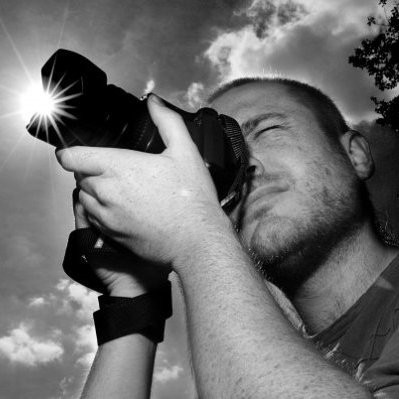
Alastair is passionate about photography and has tested and reviewed cameras for Digital Camera magazine since the early 2000s. These days he lectures in photography and film at Wiltshire College, and continues to shoot, write, alongside teaching, helping others discover the art of photography through articles, workshops, and courses, including hands-on sessions in the college's modern wet darkroom.
You must confirm your public display name before commenting
Please logout and then login again, you will then be prompted to enter your display name.

